It seems we can’t find what you’re looking for. Perhaps searching can help.
Sign Up for newsletter!
Subscribe to get the latest eBook!
Hotline






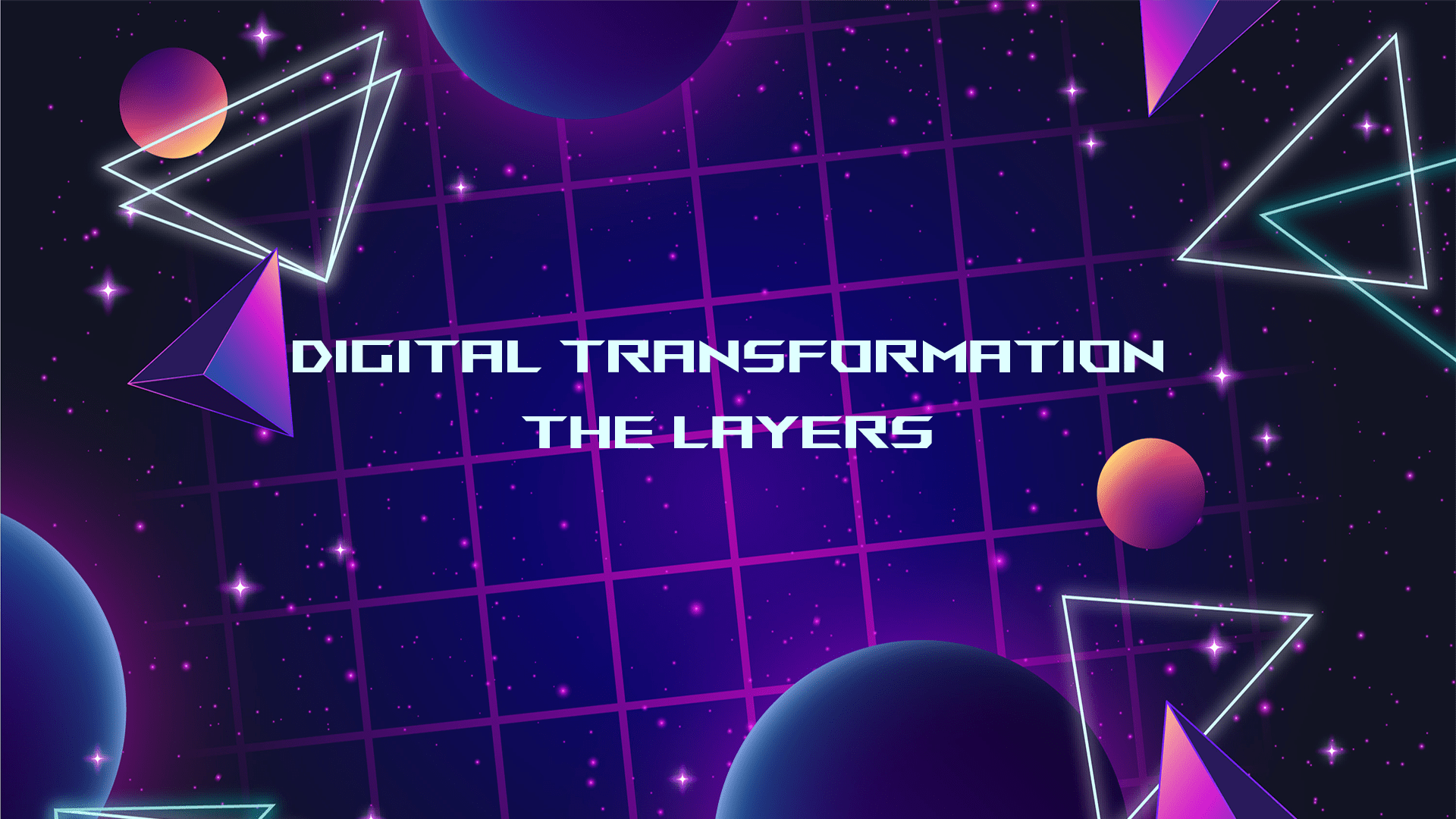
Digital transformation is a necessary process for traditional business models to keep pace with technologies and times. Implementing DT that is suitable for each of the businesses will increase its competitiveness in the market, thereby increasing revenue while optimizing the operation process, creating values for corporate culture and human resources. A complete DT model is a three-layered design: data, process, and business model.
The data layer is necessary to digitize data sources by using technologies for easy-management. A business will implement transformative strategies for operational processes based on transformed data in the process and model layer. Companies can change their models to suit the prolonged orientation and develop corporate culture more extensively. They can also conduct step-by-step or simultaneously implement all the layers if there is a suitable option with the business requirements and specific transformation strategies in both the short and long-term.
Data digitization is transforming from paper-works to digital formats and then storing the digital database in computerized data management systems. Those systems are made up of the technology-implementation to store data intelligently, making data retrieval more manageable and faster. Therefore, data becomes more proactive and brings substantial value-in-use to the business.
Data digitization will create a more seamless working process while ensuring strictly systematic and complete data sources, building a comprehensive digital infrastructure for businesses. It simultaneously is the digital transformation process’s kernel, forming the foundation for all the remaining layers. Up to now, data digitization is an optimal solution ensuring the integrity and security of data systems in the long run, which significantly reduces operating costs.
Additionally, database management systems are the most critical archives that can maximize data access and exploitation efficiency. MySQL is an excellent example among the most popular DMS today, owning multiple useful features based on open source code while ensuring data speed and safety, even large-capacity data systems in the ecommerce field. Accompanying other DMS such as SQL Server, Oracle, PostgreSQL, MySQL can meet most of the data-usage requirements of storage performance, security, and data-safety standards.
These outstanding advantages help MySQL get more appreciation from technological experts by implementing them in many highly-complex technology industries.
Based on the digital data’s core, the process and business model digitalization form a more widespread layer covering the core inside. This classification is highly complex and embraces various forms depending on the operations’ ways and objectives. PMD refers to the transformation relying on technology infrastructures and digital data frameworks to form a digital platform.
To complete the digitalization is to analyze issues in operating processes and business models. From an in-depth analysis, they can provide the right direction and strategy for transformation decisions. This transformation layer has supported businesses to meet the DT requirements, which fully are:
At the same time, a business needs to combine digital solutions to create customer values and build operating models.
Currently, businesses have successfully applied CRM platforms or ERP systems to optimize operational processes in terms of time and resources. It is well-known management platforms such as Zoho CRM, Microsoft Dynamics CRM, or Salesforce CRM that almost all businesses implement for stable development. Those names are tremendous supporting tools to create the business departments’ continuity of processes and operational processes.
Both CRM or ERP systems effectively help businesses achieve targeted sales and effectively disentangle complex manual processes or issues related to data controllability and preservation.
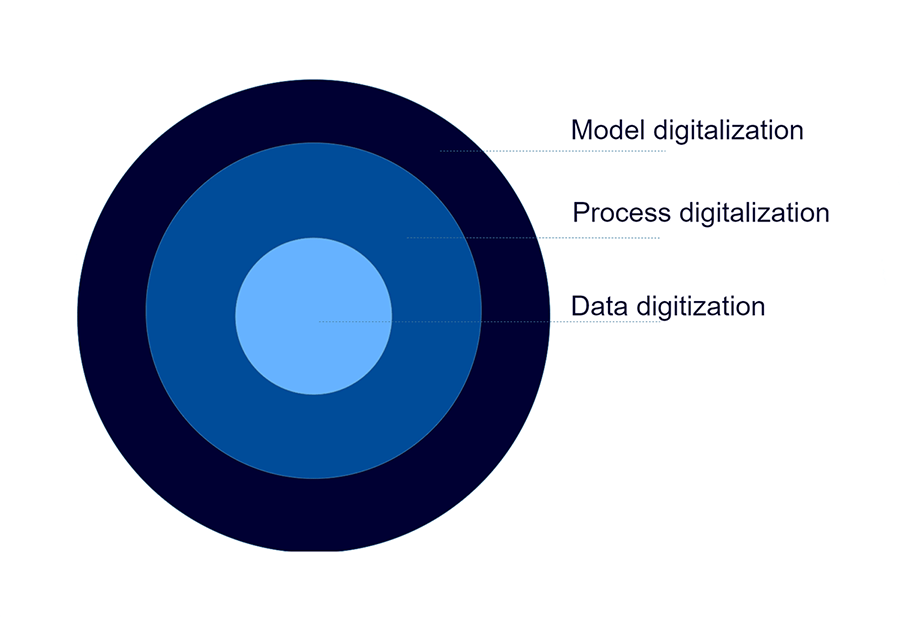
Digital transformation (DT) is the largest category, the complete model to bring businesses closer to the 4.0 digital economy. DT represents the whole process of digitizing data and digitalizing operating processes, business models. DT’s ultimate goal is people-orientation, and at the same time, combining the corporate culture with the customer-centric foundation. DT sets macro-objectives of people’s direction in building strategies, corporate culture, digital technologies, and adapting to these digital transformations.
Generally, most companies carrying out DT encounter significant barriers. They frequently ignore a complete data digitization plan while only focusing on refining more macro-plans in the process and model digitalization layer, which does not bring the high-volume transformation effect due to the initial preparing step not been done thoroughly.
Also, preliminary estimates of time and the limited budget will present a significant challenge for DT tasks in specific periods. Multiples of businesses are unable to catch the expected results. However, despite the existing challenges that they have confronted recently (the COVID-19 crisis), digital transformation will provide comprehensive support on data systems and digital platforms, exclude all social distances, and connect the world easily anytime.
The digital transformation process has made both efficiency and sales for numerous B2C and B2B businesses. In detail, ecommerce is the most typical manifestation, having recorded impressive growth since 2017. B2C companies have also strengthened the development of a more powerful ecommerce channel than ever.
Meanwhile, B2B models pay much more attention to transforming chains/systems/processes such as production or goods distribution processes by gradually turning into online methods to adapt to the flexibility and rapidity of the 4.0 supply chain.

Up to now, ecommerce can be considered as the complete performance of the digital transformation process. Ecommerce channels can update information quickly and continuously while also ensuring UI/UX optimization to provide perfect user experience, excellent customer experience, and as a result, increase sales. These are also the requirements to digitalize the markets and perfect the business’ operating system. Depending on the DT objectives, the company will stop at the stage that best suits its business model. Some of the businesses only need to digitize data for more effortless operation.
However, from a much more general perspective, almost all companies convert to an ecommerce system to control their business independently and connect directly with customers, partners and come closer to the DT outcomes. Those objectives are also the straightforward development orientation of most retailers today. They focus abundant resources on developing the ecommerce channel to expand the business scale.
For instance, The Coffee House is a case study of the F&B industry’s impressive DT outcomes in Vietnam. The brand has achieved their ordering application for more intensive data resource management and operation. This application was initially built on a requirement to increase the loyalty program’s ease and improve customer care service quality.
However, until now, this sales channel has grown more than that and has become a mainstream business channel that seamlessly integrates with the brand’s existing offline stores.

The TCH app aims to connect and interact directly with customers based on the D2C model, allowing app-users to create membership accounts to earn points and order quickly. These features allow brands to access customer data and shopping habits easily. In-depth data analysis will contribute to new product strategies or menu amendments to better suit the customer’s taste.
Digital transformation is a long-term journey that needs to be done with a detailed and complete strategy while meeting the time and budget, matching the current business’s capabilities. Digitization/digitalization layers also need to fully play their role in digital platforms, transforming entirely and efficiently. A complete ecommerce system considerations are also required for supply chains currently in the marketplace. Ecommerce will be the most agile driver of digital transformation; however, make sure that you can implement a strategy with the right priority in the current situation to give the best effect.
 2
2
 8,948
8,948
 3
3
 1
1
The first two common concepts of a brand are the confusion between brand awareness and brand identity when it comes to brands. The biggest problem here is, most people use them, assuming that they have the same meaning and have complementary relationships. However, the simple truth is scopes of these two concepts are entirely different, including how they create awareness and identification values.
Brand identity is a way to identify a brand in the public’s mind, using materials such as logo, slogan, company profile, design style, name card, brochure, and even colors across their designs. Brand identity usually starts from the brand’s values to create the first impressions and memories in the customers’ mindset. Among the concepts of a brand, brand identity can do more than as a brand face; it makes the brand memorable, creates a position for the brand in the market, and creates a particular attraction when the brand publishes an advertisement.

In Vietnam, Coca-Cola often appears on holidays, important occasions with two primary red-white colors and unique handwritten fonts. This brand always communicates to the public the values of reunion, family affection, inspiring people not to forget where they belong. Another example is the Apple logo’s story performing the image of “an apple with a bite” has a strong desire to reach perfect, rebellious, and unique values.
All the elements that appear, more or less, convey a specific aspect of brand value, vision, and mission. They also contribute to creating the unique memories that customers experience with the brand and stimulating closer connections.
Brand awareness is the result of creating a set of values to make a brand different and essential. Awareness implies the mindset, perspectives of the brand’s role to customers and other market competitors.
To build a brand awareness process is to focus on connections and interactions mostly. However, it is first necessary to create an information platform that helps the audience get the whole picture of a brand. In particular, the crucial factors that can make this process done are content platform, product/service platform, and human factors.
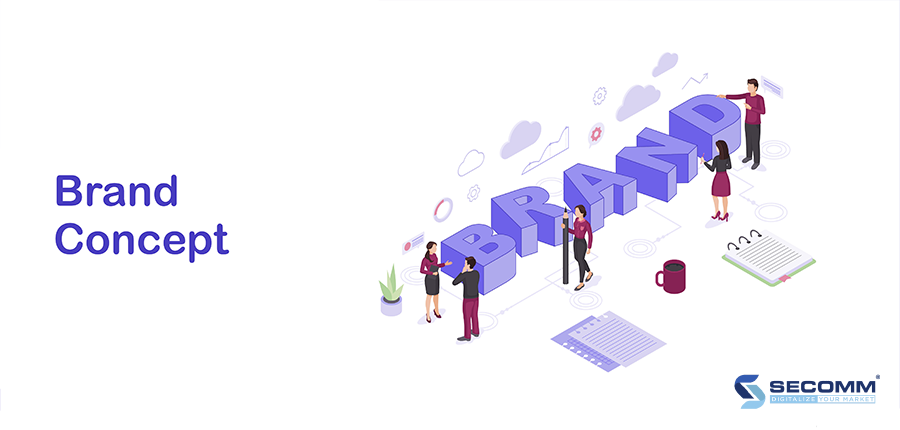
Content has a great ability to create a brand’s tone and voice while also shaping its style. This ability allows brands to set perspective and the appropriate direction usefully, similar to how Redbull conveys the messages from the “Give you wings” campaign with the desire to become the dream-maker.
On the other hand, product quality also dramatically affects the brand. Product quality is the launchpad for the next PR or marketing campaigns, but an inferior-quality product will make the brand fail no matter how good those campaigns are.
Starbucks has gone beyond the limits of a coffee shop with increasingly appreciated values. However, when it comes to Starbucks, everyone is pleased with almost all the drinks here. The excellent taste of the beverage menu has attracted and kept more customers.
Coca-Cola gets a very high level of brand awareness when almost 90% of the world population knows what Coca-Cola is. Like many other long-standing brands, Coca-Cola has created a cohesive consumer habit that can retain generation-to-generation and refreshed itself by creative advertising campaigns that add more imprints to customers’ mindsets. Did you remember the Coke bottle had your name printed? Have you ever taken a selfie with it? Yes, these name-bottles are part of the “Share A Coke” campaign – a campaign to help Coca Cola to surpass Samsung, to win the Gold Award – Brand Awareness category at The Smarties Vietnam 2015 (organized by Mobile Marketing Association in Vietnam to honor the best brands and agencies).
In another context, to maintain the identity values of perfection, rebellion, and uniqueness, Apple built its own extremely discriminating cognitive system. The brand does not narrow itself to any target market but towards a design that is everyone-friendly. It forms a unified brand culture from the inside out, including creativity and simplicity. Apple ignores the trends and competitions; it contrarily produces themed devices, generating new patterns for other brands in the technology market.
In general, brand identity emphasizes feelings of “love at first sight”. This concept tailors the brand’s face, helping customers classify the brand’s identity, functions, roles, and products. On the other hand, brand awareness conveys long-term values, internal values, and different values remaining in customers after using a brand’s products or services.
Those two concepts of a brand are not synonymous and equivalent, and brand identity is a part of a brand awareness strategy.
Among the concepts of a brand, brand positioning models have been diverse, from the Minimal Viable Brand model provided by Eric Ries to much more complex models, namely the Brand Key (by Unilever) or Brand Pyramid (provided by Keller). There is a common-sense between these positioning models, which is the forming and maintaining values, from the root strength to the brand essence, which can eventually be long-lasting in the community’s mindset from generation to generation.
Usually, we are aware of the elements of visible benefits and measurable values. However, brands that leave an in-depth impression in the customer’s mindset create subjective and sensory values. Therefore, the positioning process worth considering includes discrimination and customer experience as well. Also, emotional and personal factors often require a high level of two-way interaction between both brands and customers, in general.
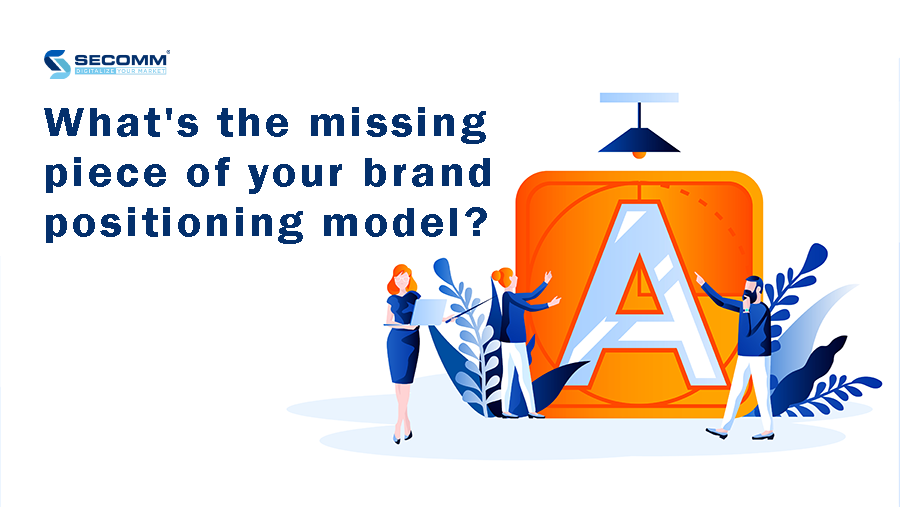
Discriminations refer to values making a brand different from its competitors. You can use product strengths, brand stories, or media messages to emphasize how you are different from dozens, hundreds of brands in the same field. A coffee shop with a mountain-view will be more attractive than another with small tables in 4 tight walls. Of course, the very first goal of people coming to a coffee shop is to drink coffee; however, gradually, people need more than a coffee cup when coming to the shop, such as to talk and discuss together, to work, to have group meetings, to take photos, or even dating.
People tend to be more interested in which coffee shop is suitable for taking pictures, which are tranquil enough for working. A tasty coffee-cup is one of the different values making customers frequent more; besides, people also care about the space, décor, view, etc.
Another fundamentally important factor for a branding campaign is customer experience. Experience is truly the accompanying actions or services, making customers feel they have received the attention and devotion when using certain products or services. Customer experience is one source of developing brand touchpoints and including various concepts of expertise, such as interface experience, shopping experience, or product experience of a brand.
Apple has successfully satisfied their customer experiences by designing an intelligent technology product-ecosystem to meet the seamless connection and interactions between devices and people, creating convenience and ease. Therefore, besides the brand itself’s discriminations, an excellent customer experience will be an active element for branding.
The digital age has witnessed a transformation of the brand-value system and concepts of a brand when almost all the customers are much more interested in sensory factors like emotional experience when using products. That experience requires brands to keep up with customers’ insight, creating compelling content to obtain customers’ trust.
Why is brand voice important? Because it can speak up almost all the values of a brand and directly affect its audience. Voice can help personalize the brand, let itself create personality, and speak up as a human. As one of the key concepts of a brand, that is the most basic visualization of brand voice. However, brand voice is the element synchronizing and positioning brands at a higher level, shaping the brand identity and awareness. As a result, brands know what and how to reach the right audience target or market, developing both content styles and operation models consistently.

We remember Pepsi as a symbol of dynamism, youthfulness, and positive energy. On the other side, Coca-Cola is reminiscent of family reunions, cozy and fun spaces. While Apple emphasizes the simplicity and quality of the product system, Samsung focuses much more on diversity and stunning design. These differences show that every single brand shapes the growing direction with unique concepts, then they will record in the user’s mindset of distinct characteristics and styles.
Whether branding is minimalist or sophisticated, businesses need to fully meet the most fundamental concepts of a brand to increase communication and interaction with their customers. Simultaneously, it is necessary to follow appropriate values integrating with development orientation to avoid overuse, and confusion, which then losing the discriminations brands want to convey.
 2
2
 7,289
7,289
 14
14
 3
3
With no exception, brands transform as always to keep up with the digital age’s swift trends. To complete the digital transformation, investing in brand touchpoints is a concept that worth-considering. Most generally, the brand touchpoint is the simultaneous interference from both businesses and customers, creating the highest attraction for the business and providing the best customer experience.
However, some people argue that the concept of brand-touchpoint is vague and quite broad because any existing factors can potentially affect the movement of brand touchpoint for better or worse. This argument will be recognized if businesses do not know where to start creating a touchpoint. Brand touchpoints stem from business core-values, the level of customer experience, and a little bit of difference when needed.
System assets help businesses grow in both quantity and quality. A standardized system not only allows products to shape within the unified normative framework but also ancillary services. A complete digital transformation of a brand does not stop at the product level. Developing and continuously improving the system are the keys to meet the second requirement of the brand touchpoint: user experience. The apt system helps businesses get in touch with product-and-service convenience and can create an isolated ecosystem to make brands transform.

That was how Apple had been successfully producing a technology-product ecosystem that made a stunning attraction for users. Simply put, the term ecosystem in this context implies a group of products that can interact with each other in harmony to optimize customers’ convenience. Apple has generated an almost-efficient technology ecosystem that performs seamless interactions. However, what makes Apple enthusiasts completely satisfied is the personal ID system with high privacy and data security.
To take another example, Nike has wholly changed their business since their growth stalled, and the earlier business model was no longer sufficient. The mandatory change in the brand requirements has shifted to using an online business network to interact directly with consumers. The online trading system completely replaces the traditional product-distribution through intermediaries, as well as exclusive distributors. Nike also combines the accompanying member programs with trendy and fashionable items, creating a close connection with customers. As a result, the transforming system contributed to an increase in ecommerce revenue by 38% in November 2019 (data provided by Brands Vietnam).
To transform successfully in the digital age, make sure that the brand is honest and authentic. All information about the business can be delivered more quickly than ever in the internet era. A restaurant with a 1-star review will undoubtedly make customers turn away. Therefore, providing authentic information will make users feel secure and reliable when using products. Brand honesty helps create a pure life for products while contributing to the user experience’s seamlessness, making the brand touchpoint in harmony. Transparency in product quality and working manner will create a unique touchpoint system.
That viewpoint may sound strange, but most customers in the digital age need simpler products, services than cumbersome and complicated ones. Simplicity and minimalism in branding still can create brand touchpoints while focusing on the pillar values of the brand, such as strengths, target customers, differentiation, missions, quality, and messages. These keys, eliminating other complex elements, will be more focused and orientated for businesses in the long run. Simplicity and minimalism make businesses quickly adapt to the ever-changing digital age.

Product-centric is still an essential factor in most campaigns. However, customer-centric will be the necessary combination to enhance user experience, which making brands transform. Products exist in the world with the ultimate goal of meeting customer needs. Therefore, identifying customer needs is a crucial starting point for a digital transformation campaign.

That is how the Maggi brand cleverly introduces cuisine recipes combining with soy-sauce on their website. This action increases convenience for cooking lovers. Customers feel more excited when their everyday-cooking gets more of the brand-attention though buying only one soy-sauce bottle.
In general, customer-centric is a long-term transformation requiring businesses to have a proper awareness of their target customers. This awareness should also form in every staff of the company to make brands transform. Besides, this customer-in-center philosophy acts as a value connecting businesses with their customers; but not a task to be completed and to get rid of.
The digital age witnessed rapid and unpredictable changes requiring businesses to have timely adaptive solutions. Products are not only produced for quality but for customer convenience. Other customer needs are also considerable except for products themselves, namely membership programs, accompanying promotional gifts. Customers also tend to shop more on ecommerce websites, which leads to a requirement to manage information, data, and technology platforms. Epidemics also become dangerous, increasing unforeseen risks for businesses.

Utilizing the challenges will be sure leverage when brands transform into the digital age. Besides, people are still the critical factor, no matter how advanced technology is. Therefore, businesses first need to focus on the internal structure: human resources, processes, products, and customer services to complete the transformation.
The COVID-19 crisis has globally worsened since the Government issued a social-distancing-order as the number of confirmed coronavirus cases continues to increase. However, recently, the ecommerce industry has had a speedy growth, as people now prefer to shop online while staying home. This time is much higher challenging for every business in Vietnam and an opportunity to make brands transform themselves.
At SECOMM, we will accompany clients on every ecommerce step to ensure comprehensive solution-providing for their ecommerce transformation. The brands transform successfully in a digital age when they are operated with a sustainable website platform. We will be the starting point for this revolution. Contact Us for more detail.
 2
2
 5,141
5,141
 22
22
 1
1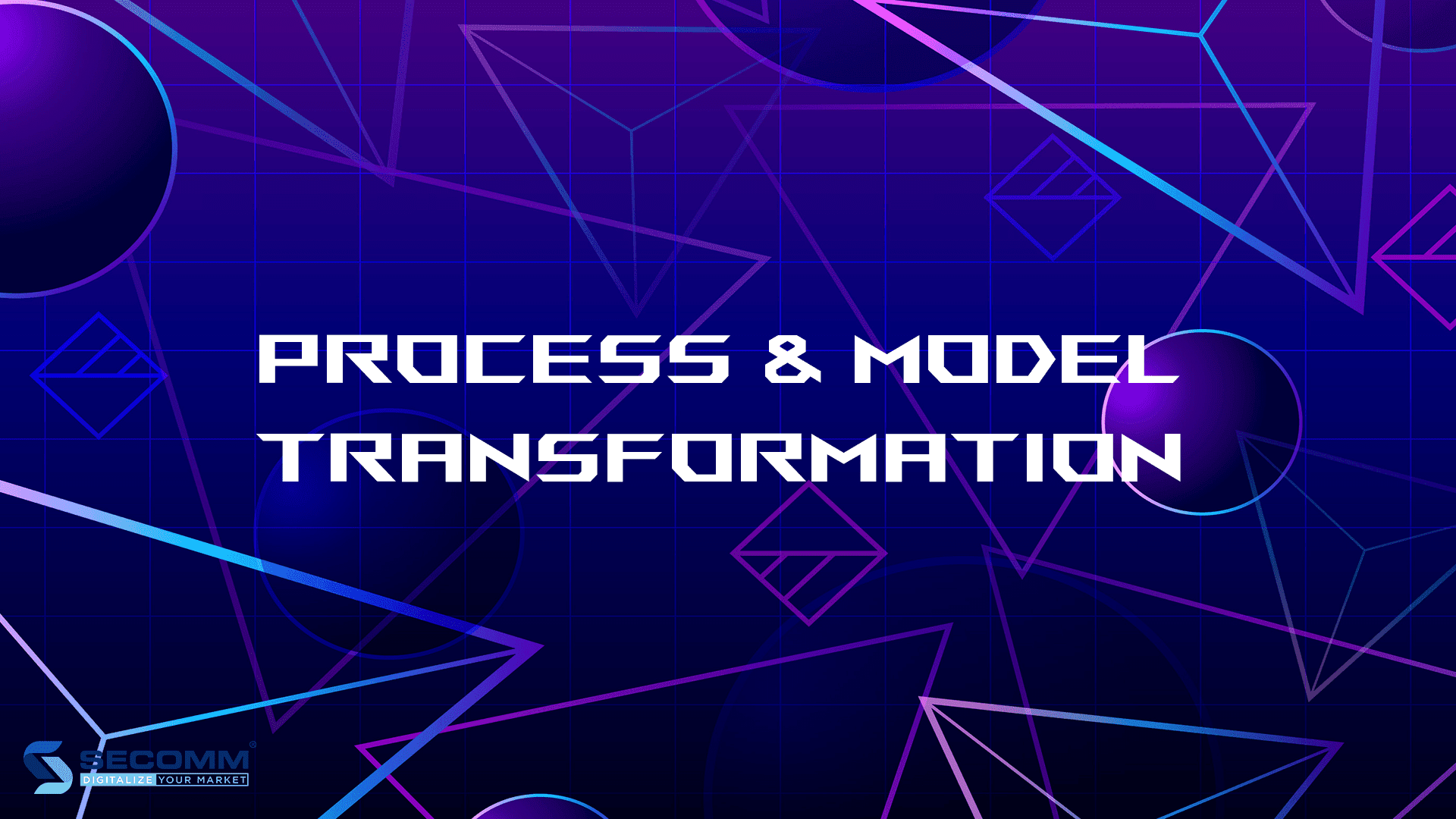
Given the characteristics of the current Vietnamese market, digital transformation has received positive attention from enterprises. However, this process still faces many cultural barriers, strategies, and implemented technologies that make the process and model transformation not entirely useful.
The corporate culture foundation is a crucial determinant contributing to the model transformation progress. Culture concepts refer to quite large factors of human resources (HR) thinking and perception existing inside the business, including:
The most significant problem creating cultural barriers is the traditional business ideology that developed businesses cannot collapse by digital transformation requirements or any other peripheral factor. It was not until being trapped by the outdated technology that they found they significantly fell behind the bustle of a much more modern market.

For corporate culture, leadership is the core value creating a complete preparation process to start a digital transformation strategy. The leadership factor plays a decisive role in the business’s strategic changes, simultaneously helps all employees understand and adapt to these changes fully and quickly. In particular, key leadership positions such as CEO, CTO, and other decentralized management levels are the driving force behind implementing more micro changes for each employee. Finally, rely on individual conversions to shape the overall change-process in the digital transformation strategy.
To satisfy all the above conditions, an organization needs prolonged-vision leaders of the current business models. It is complacency and “resting on their laurels” that make the traditional models stumble into the old path and have difficulty maintaining the position they once had in the market.
The HR potential is the next factor in becoming a cultural barrier in the process and model transformation. A significant change often encounters many difficulties when it comes to impacting HR awareness.

No matter how strong the HR is, it will be disrupted in the beginning if employees don’t fully get preparation for a ready-to-change and adaptive mindset. Lack of staff training in digital transformation strategy is likely to face harsh objections from the inside if forcing them to suddenly change their working style while they do not have enough time to adapt to new workflows. Simultaneously, the HR potential will also be a dangerous weapon that demolishes the digital transformation results if it is not prioritized and used accurately.
Among the two human factors, the coherence and connection between them also play an essential role in corporate culture. Connectivity includes the spiritual values businesses build to promote consensus, cooperation, and trust to turn strategies into realistic actions. The discrete connection or the disparity in digital capabilities reduces both efficiency and progression of the whole process and model transformation strategy.
There are two behavior tendencies in businesses making technology a barrier to process and model transformation strategies: being afraid of technology-changing mindsets that lead to obsolescence and technology-overusing that lead to wasting cost and time.
Up to 80% of SMEs in Vietnam use old technologies in the 1980s (statistics from the Vietnam Chamber of Commerce and Industry – VCCI) report. In addition to objective reasons such as lack of staff, skills, lack of a robust digital platform, it is much more significant that limited thinking and understanding in technology application are fundamental causes impacting the digital transformation process.
Indecision in adopting technology is also a negative factor. Technology overuse can create unnecessary conflicts with the process and model transformation. These techs will not bring optimal efficiency but a waste of budget and time to recover. Technology is a driving tool for digital transformation, and at the same time, it is also a rule-setter for businesses in the digital market. However, it is more important to decide which technology is suitable for which model instead of determining how many technologies to apply.
Technology solutions can solve lots of problems with data and process optimization inside a business. In the very beginning, they need to fully and comprehensively redefine existing processes, and at the same time, model them into maps and charts to identify:
Analysis and control of the entire processes help businesses find out weaknesses and facing-problems, then apply more appropriate technology solutions to optimize the process and model transformation.
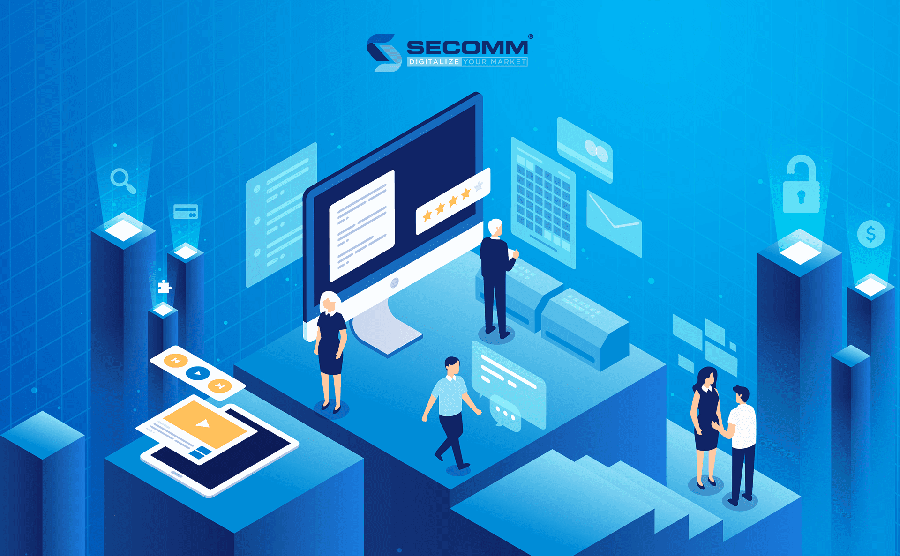
At present, a business has hundreds of requirements with suitable technology-types for their concurrent process and model. However, companies can develop solutions based on combining the big-four technology platforms in digital transformation: Big Data, cloud computing, artificial intelligence, and the Internet of Things. These tech-types possess lots of outstanding benefits that businesses can apply to create the most suitable digital solutions:
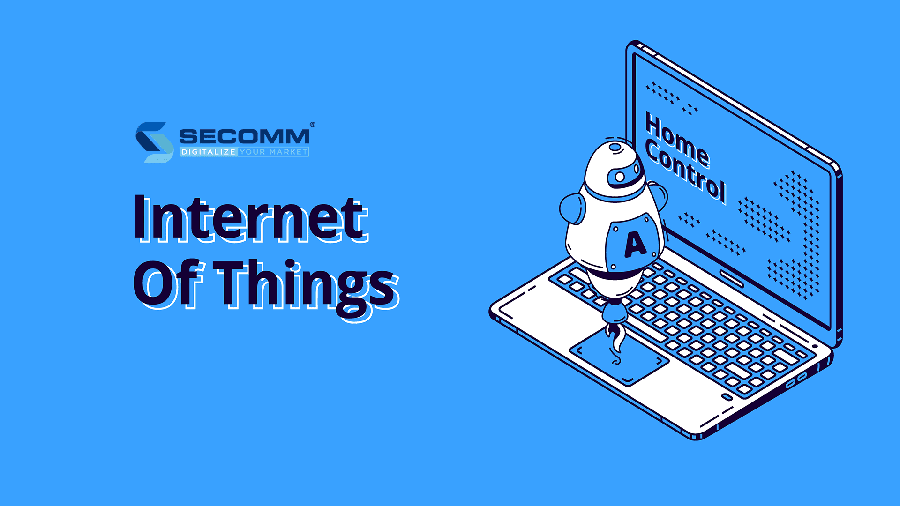
Human and cultural solutions will effectively address corporate sustainability, change, and develop a digital transformation mindset for all employees in strategies and initiatives products/services to increase advantages over competitors.
Businesses can complete the process and model transformation with technology and cultural solution-orientations. Therefore, technological solutions will maximize their business operation efficiency. They also contribute to stimulating businesses to be always requirement-active in the digital age. And these positive results are based on a sustainable digital culture possessing robust and responsive leader-generations combining with high-quality human resources.
 2
2
 2,946
2,946
 1
1
 1
1Subscribe to get the latest eBook!
Hotline